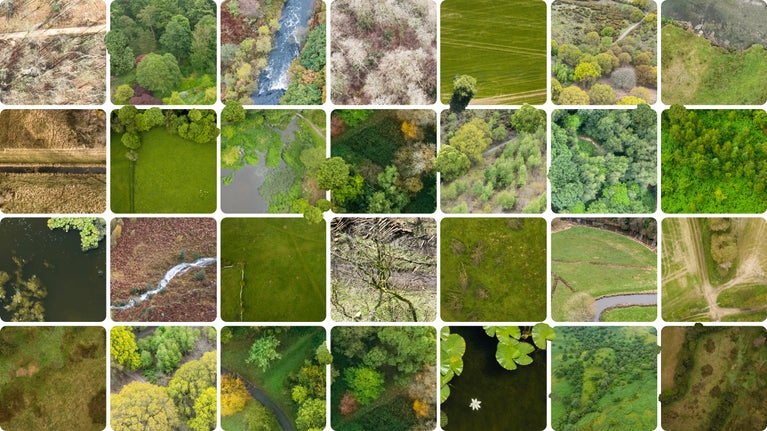About Wallington
Wallington is a culturally rich landscape, shaped by its legacy as an agricultural estate. In many ways the setting of the Wallington Estate, with its amazing views, walks, castle, woodlands and lakes, was Sir Charles Philips Trevelyan’s greatest gift when he left the entire estate to the National Trust in 1941. He was a passionate advocate of the great outdoors and the right to roam. The plan has always been to share this passion, along with our knowledge for looking after nature, with visitors and supporters as well as connecting the house and its extraordinary collection with the wider estate.
Many iconic species such as red squirrel, bats, raptors, white clawed crayfish and now beavers call Wallington home, and conservation projects are underway to support and protect these species.
The estate is a jigsaw piece within the wider Northumberland landscape and we are working with others, we are working with others including Groundwork NE, Vincent Wildlife Trust and our farmers to make an impact at scale. Our ambitious plans include:
-
Bringing rivers back to life by helping to slow the flow of water and alleviate flooding, repairing banks, creating new habitats for wildlife and tackling the rise of invasive non-native species through the Wansbeck Restoration for Climate Change project. This project will be delivered in conjunction with a number of different partners.
-
Encouraging the migration of pine martens from a population established just north of the estate, in partnership with the Vincent Wildlife Trust, which will help increase biodiversity to the area.
-
Since 2021 nearly 319,000 trees have been planted in woodland compartments, hedgerow, wood pasture and riparian (riverside) corridors across the estate. This is a hugely important first early step towards the ambition at Wallington to plant 1 million trees by 2030. The work being carried out this year will also involve the final works to restore areas blown down in Storm Arwen by planting with native trees.
-
Restoration of wetland and peatland to slow the flow of water, contributing to natural flood management
-
Restoration of species-rich grassland on Wallington’s Front Park.
-
Developing our new Wilder Wallington Project volunteer team to help us monitor and survey the Estate for birds, bats, plants, butterflies and more






